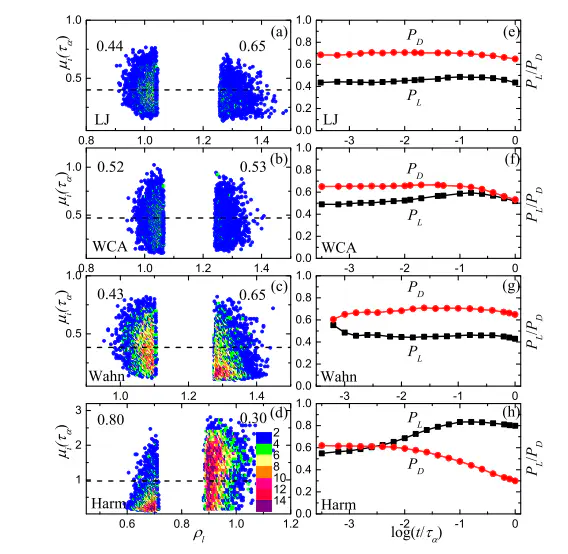Molecular dynamics simulation of antipolyelectrolyte effect and solubility of polyzwitterions

摘要
In this work, by using coarse-grained molecular dynamics simulations, we found that poly(2-methacryloyloxyethyl phosphorylcholine)(PMPC) showed a strong solubility and a so-called antipolyelectrolyte effect(APE) in water. In contrast, obvious aggregations but no APE were found in n-butyl-substituted choline phosphate polymers(PMBP) solutions. The underlying mechanisms for different solution behaviors of PMPC and PMBP were investigated in detail. Our results indicate that the presence of butyl groups in PMBP enhances both the electrostatic interactions and the hydrophobicity of PMBP molecules in the system. Both factors were found to contribute to the formations of aggregates in the PMBP system. Further researches revealed that hydrophobicity arising from the butyl group plays a more important role than electrostatic interactions in inducing the PMBP aggregation. In addition, the strong hydrophobicity in PMBP was found to be responsible for the absence of APE. These results are expected to contribute to a better understanding and a better design of the solution properties of polyzwitt erions.